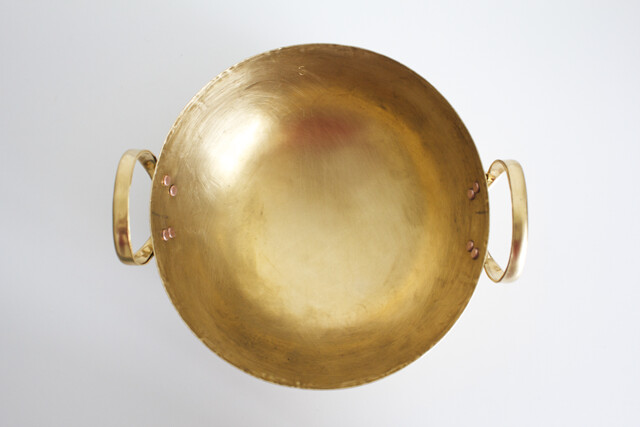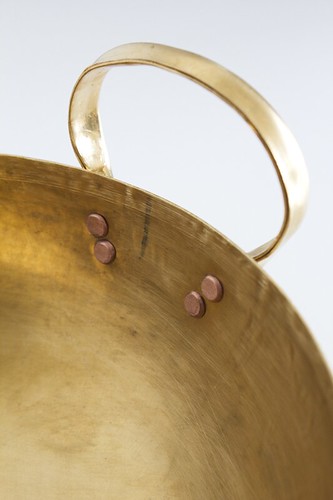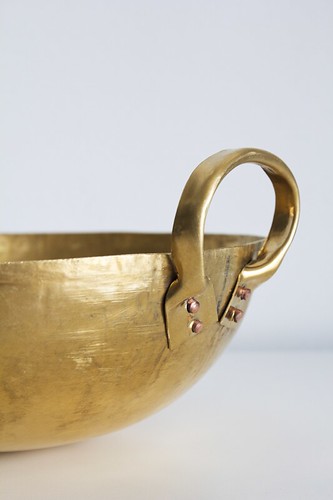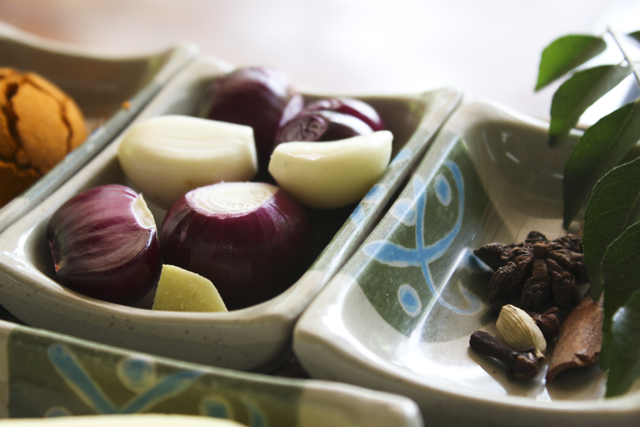

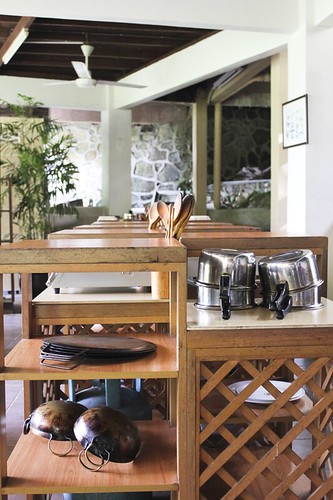
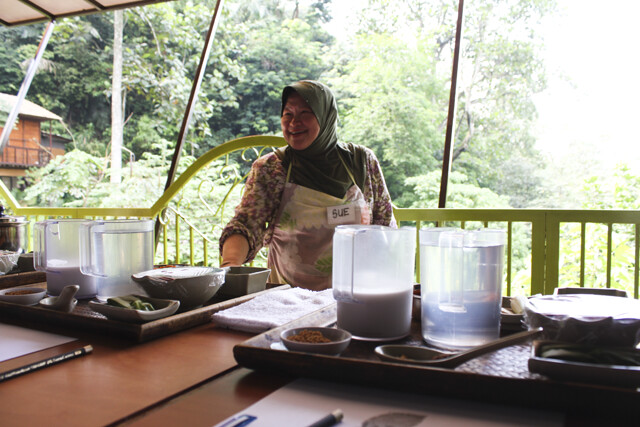
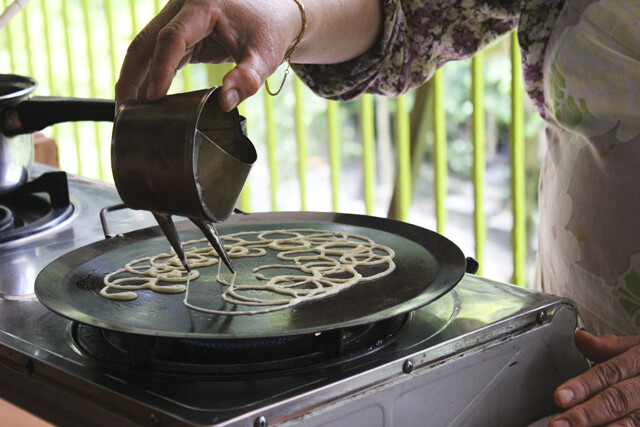


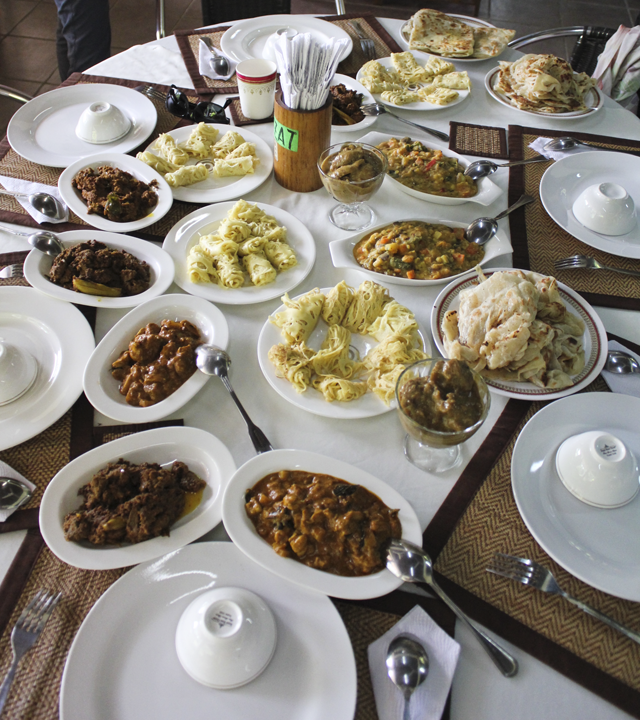 In Malaysia, food is everything. Food is the center of family and friend gatherings, celebrations, and everyday conversation. It's such a hot topic that even while you're enjoying a meal, you're already discussing what and where your next one will be. Malaysians are serious about their makan-makan - or "eat-eat" - and we've happily joined them, full bellies and all.
In Malaysia, food is everything. Food is the center of family and friend gatherings, celebrations, and everyday conversation. It's such a hot topic that even while you're enjoying a meal, you're already discussing what and where your next one will be. Malaysians are serious about their makan-makan - or "eat-eat" - and we've happily joined them, full bellies and all.
But now that we're leaving Kuala Lumpur soon, we've been loading up on our local favorites like roti canai, nasi lemak, char kway teow, beef rendang, chicken curry, and pandan flavored treats. What will we do when we can't simply walk down the street to grub on our newly adopted comfort food? The only option is to make it ourselves!
Enter LaZat, a local enterprise offering Malaysian home-cooking classes set in a typical Malaysian home nestled in the trees just outside of KL. I took an Indian cuisine class with them last year so when Joe said that he couldn't leave Malaysia without learning how to make his beloved beef rendang and curry chicken, I knew exactly where to go.
From the moment you arrive, you feel like family. Owner Ana and home-cook chefs Sue and Saadiah are warm, welcoming, and are equally excited to learn about where you're from (and where you've been) as they are to share their passions and skills in the kitchen. They take great pride in using fresh ingredients and have a way of making even the most intimidated wannabe-cook feel at ease. Everything for the day's menu is pre-measured and pre-arranged, laid out beautifully on woven straw trays and decorative dishes.
As soon as I saw (and smelled) the colorful and fragrant spices, I was ready to get down to business, work that mortar and pestle, and heat things up in a traditional brass wok. We spent the next few hours switching from watching how it's done to getting it done all while teasing our grumbling stomachs every time the wind picked up the aromas coming from our stove tops.
All of that teasing was worth it. We had our grand feast in the end but the true beauty was in the process. The simple things like remembering that some of the greatest food takes the longest time (patience is key), learning that it's okay to throw in whole spice seeds, rather than ground or crushed, and realizing that for any meal to be Malaysian, it probably has to have a decent dose of coconut milk (yum and yum).
Now that I'm a LaZat alum, I'm excited to take the confidence I got there and bring it into my own kitchen. I'd love to push my boundaries beyond olive oil and salt and pepper and get more creative with spices and herbs. I took a baby step a few nights ago while making applesauce and I was quite proud of my small kitchen victory. Instead of adding ground cinnamon for flavor, I let the apples boil and reduce with whole cinnamon sticks, a few star anise, and lemon juice for preservation. The results? Amazing. The Malaysian recipes we learned have a bit more to them but I think I'm on my way to being able to prepare the dishes we've come to love. We have a brass wok ready to go so the next step will be to buy a mortar and pestle. Hopefully we get a chance to use it before we have to pack it in a box but regardless where that box ends up, we'll know that we have the tools to satisfy our cravings and makan-makan our honorary Malaysian hearts out.

